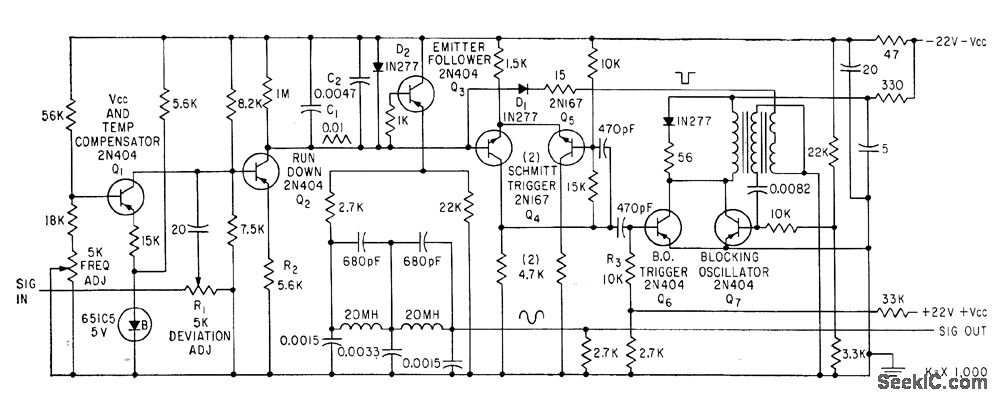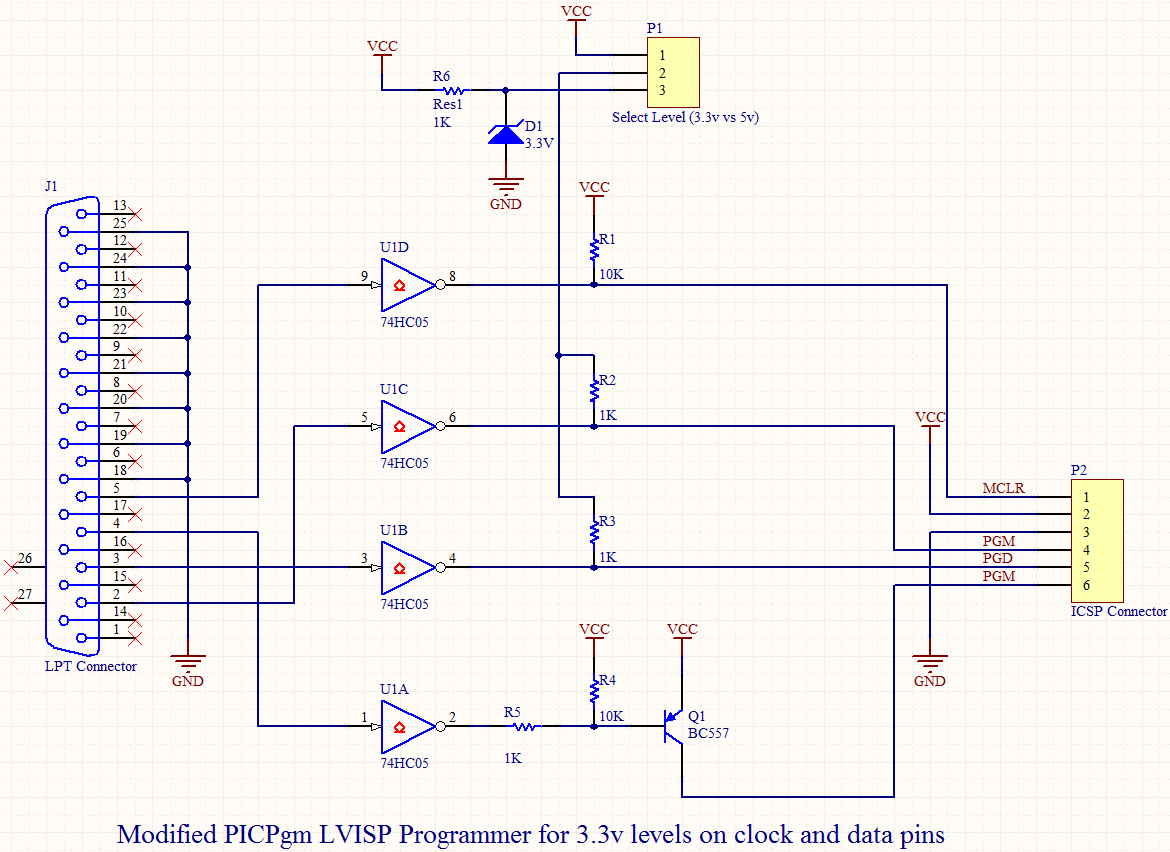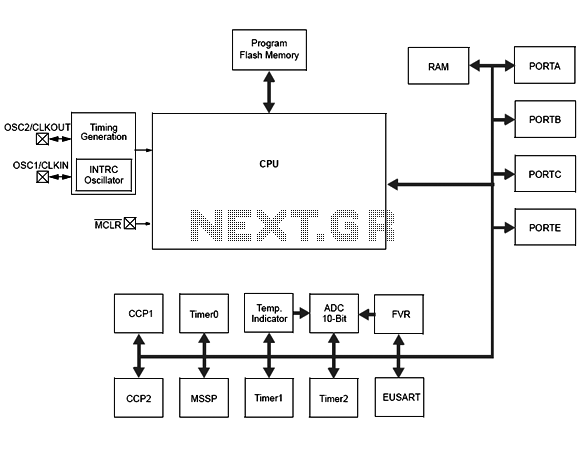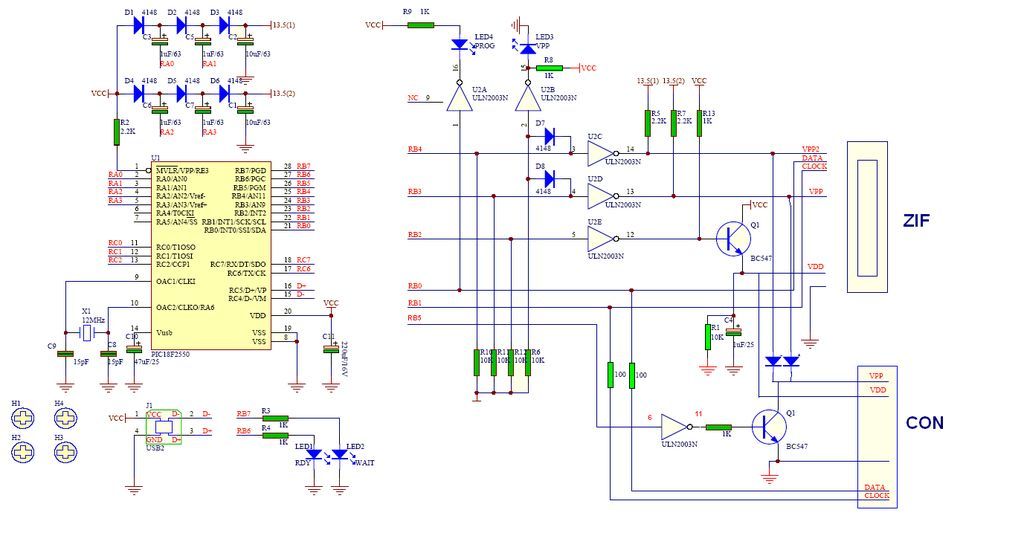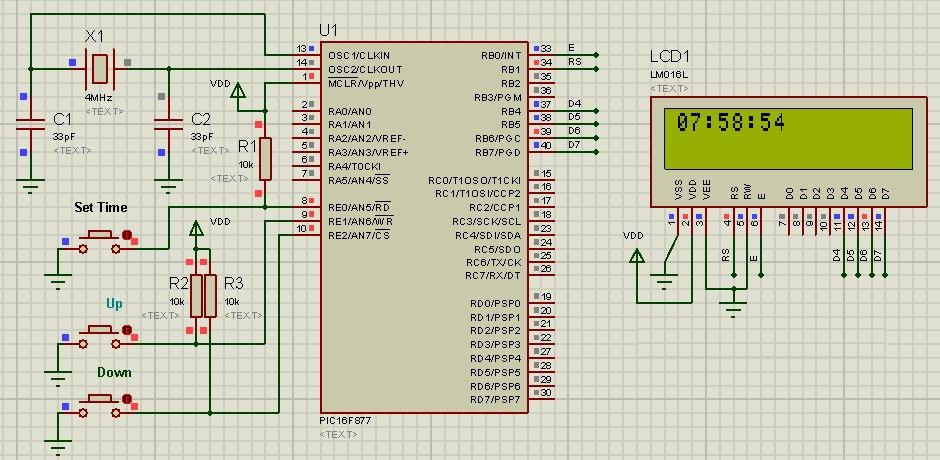
pic sonar
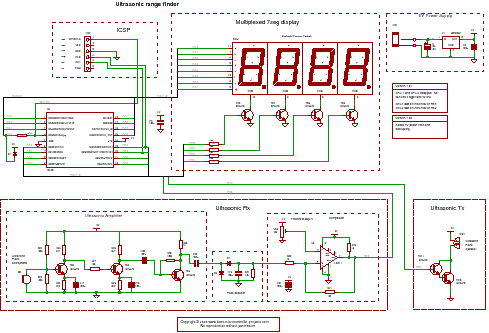
For the PIC sonar range finding project, a PIC microcontroller is ideal. It has a capture timer that can accurately measure the ultrasonic echo time, allowing for the calculation of the distance from the object.
The PIC microcontroller serves as the central processing unit in the sonar range-finding system, leveraging its built-in capture timer to measure the time interval between the emission of an ultrasonic pulse and the reception of its echo. This time measurement is crucial as it directly correlates to the distance of the object being detected, following the principle that distance equals speed multiplied by time (d = vt). Given that sound travels at a known speed in air (approximately 343 meters per second at room temperature), the microcontroller can compute the distance by halving the measured time (to account for the round trip of the sound wave).
The circuit typically includes an ultrasonic transducer connected to the PIC microcontroller. The transducer emits a short burst of ultrasonic sound waves, which then reflect off nearby objects and return to the transducer. The microcontroller's timer captures the time taken for the sound wave to return.
In addition to the transducer, the circuit may include passive components such as resistors and capacitors to filter noise and stabilize the power supply. A display unit, such as an LCD or LED, can be integrated to visually present the calculated distance. The microcontroller can also be programmed to trigger alerts based on distance thresholds, enhancing the functionality of the sonar system.
Power management considerations are essential for battery-operated applications, and appropriate voltage regulators may be implemented to ensure stable operation of the microcontroller and associated components. The programming of the microcontroller can be done using languages such as C or assembly, allowing for flexibility in implementing various algorithms for distance measurement and processing.For the PIC sonar range finding project a PIC microcontroller is ideal. It has a capture timer that can accurately measure the ultrasonic echo time so the distance from the object can be calculated.. 🔗 External reference
The PIC microcontroller serves as the central processing unit in the sonar range-finding system, leveraging its built-in capture timer to measure the time interval between the emission of an ultrasonic pulse and the reception of its echo. This time measurement is crucial as it directly correlates to the distance of the object being detected, following the principle that distance equals speed multiplied by time (d = vt). Given that sound travels at a known speed in air (approximately 343 meters per second at room temperature), the microcontroller can compute the distance by halving the measured time (to account for the round trip of the sound wave).
The circuit typically includes an ultrasonic transducer connected to the PIC microcontroller. The transducer emits a short burst of ultrasonic sound waves, which then reflect off nearby objects and return to the transducer. The microcontroller's timer captures the time taken for the sound wave to return.
In addition to the transducer, the circuit may include passive components such as resistors and capacitors to filter noise and stabilize the power supply. A display unit, such as an LCD or LED, can be integrated to visually present the calculated distance. The microcontroller can also be programmed to trigger alerts based on distance thresholds, enhancing the functionality of the sonar system.
Power management considerations are essential for battery-operated applications, and appropriate voltage regulators may be implemented to ensure stable operation of the microcontroller and associated components. The programming of the microcontroller can be done using languages such as C or assembly, allowing for flexibility in implementing various algorithms for distance measurement and processing.For the PIC sonar range finding project a PIC microcontroller is ideal. It has a capture timer that can accurately measure the ultrasonic echo time so the distance from the object can be calculated.. 🔗 External reference
